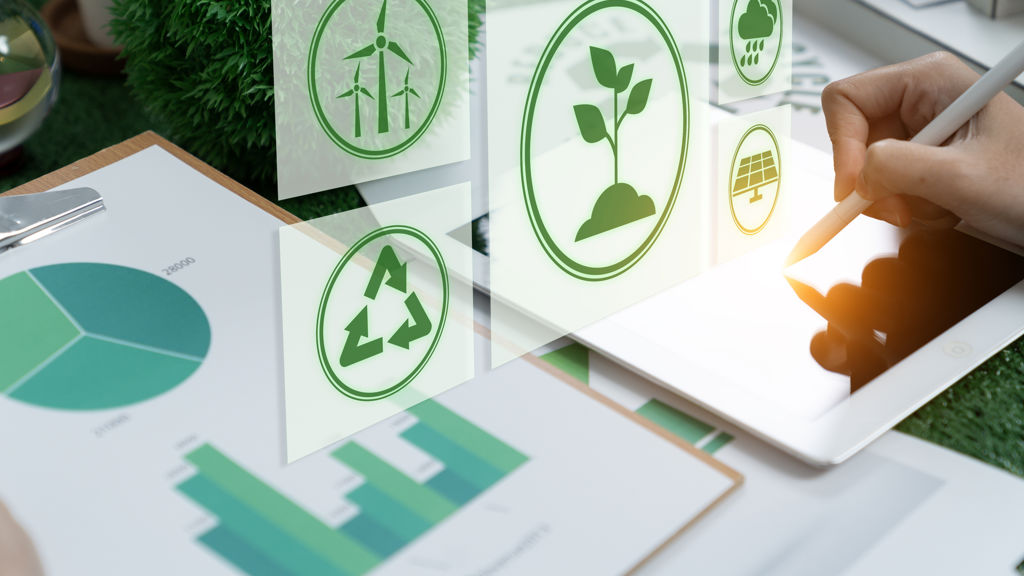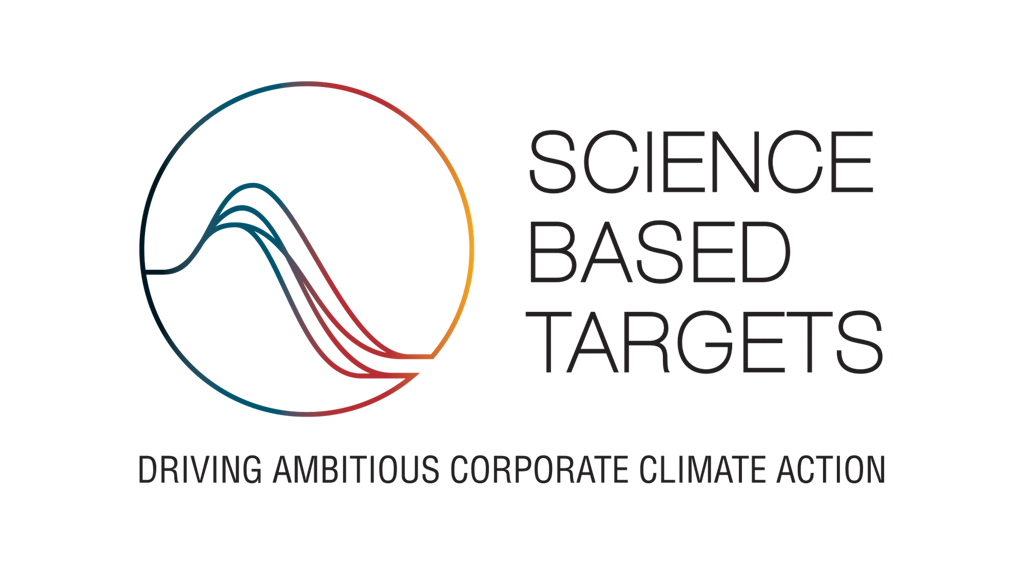Sustainability
We prioritize sustainability by offering transparent reporting and precise solutions to actively reduce not only our own carbon footprint, but yours as well. Guided by Science-Based Targets, we partner with you to transport patient-safe pharmaceuticals more sustainably.

Collaboration with South Pole
Through our partnership with South Pole, sustainability has become embedded in our strategy, operations, and culture. Together, we’ve defined science-based targets, strengthened internal capabilities, and accelerated our journey to net zero. This collaboration has helped us reduce emissions, scale responsibly, and lead the cold chain industry with confidence and credibility.

Advancing Sustainability with Microsoft
Transparency, accountability, and clear data are key to sustainability. We are proud to share our latest advancements, highlighted in our recent collaboration with Microsoft. By using Microsoft Sustainability Manager, we've taken decisive steps to further track, report, and reduce our CO2 emissions. This case study highlights our journey towards a sustainable future, showcasing the impact of technology and proactive measures.

Our Sustainability Story
We are committed to making a positive impact, not just for our business but for our customers and the planet as well. Our journey towards sustainability is driven by a deep sense of responsibility and an unwavering focus on innovation and collaboration. Learn more about our sustainability journey and how we are driving towards meeting our ambitious goals.

Our Sustainability Reports
For over 6 years, we have led the industry by publishing comprehensive sustainability reports, longer than any other solution provider. Explore our library of sustainability reports, where you'll find an in-depth look at our progress, goals, and the industry-leading practices we have implemented.

Science Based Targets
We are proud to commit to the industry's most ambitious Science-Based Targets (SBTs) across all categories. Because we believe in leading by example, we are the only packaging solution provider with long-term and net-zero targets, aiming to reach net-zero GHG emissions across the value chain by 2050 from a 2023 base year.